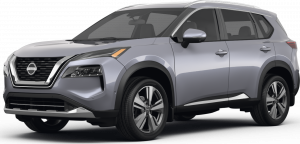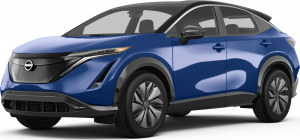Electric Vehicles (EVs) represent a radical shift in the personal vehicle market and could replace the Internal Combustion Engine as the car replaced the horse. However, owning an EV does come with some setbacks, as with any new technology, and has yet to be fully adopted or adapted to all forms of use that gasoline-powered vehicles can provide. What are the pros and cons of each vehicle type?
Energy Efficiency And Emissions
Thanks to their nature of being battery-powered, the EV comes far ahead of traditional vehicles as the lack of internal combustion allows for a more energy-efficient ride. Most ICE cars lose a significant amount of energy through head loss by the nature of the controlled explosion which drives the engine. Regenerative braking and smart E-pedals on newer EVs allow energy to be rerouted to the battery from the heat produced when slowing. Additionally, while EVs may be charged and powered via coal or natural gas plants that service public charging terminals, the emissions from electricity generated by power plants are up to 60% less per vehicle. Owners can increase their emission efficiency by using solar or wind-powered systems at home, although such things come with a high setup cost.
Cost And Lifetime Value
First and foremost, Electric Vehicles often come at a higher initial price than gasoline and diesel-powered vehicles. Due to the nature of EVs being a pioneering technology, their upfront costs can be upwards of 10% more than traditional counterparts. However, this cost does not translate after ownership, as electricity and maintenance per mile are significantly less than purchasing gasoline. Due to the relatively simplistic nature and fewer moving parts of EVs, their maintenance costs can be substantially less than an Internal Combustion Engine. Likewise, new and preowned EVs purchased in the United States have an incredible incentive in the form of a government tax credit, which can save buyers up to $7000. 
Range Comparison
Regarding range, it is hard to disprove that Internal Combustion Engines have the edge due to the larger potential gas tank range than batteries and the prevalence of gas stations around the nation. Most EVs would require a thorough plan to ensure power charging stations are available along road trip routes. Furthermore, depending on the year of the Electric Vehicle and power station model, it can take anywhere from 40 minutes to several hours to charge an EV, vastly diminishing the daily driving range of the vehicles.
Driving Comparison
Due to the nature of their battery-powered engine, EVs do not need time to reach maximum torque and thus can get up to 60 mph faster than most ICE cars. Excluding high-performance vehicles, the EV will feel quicker behind the wheel. However, at higher velocities, ICE cars can often reach higher top speeds than their electric competitors.
Which Is Better?
Ultimately the choice of EV vs. ICE is a close race, with both engine types providing similar overall functions. Yet, due to the growth and advancements in EV technology, it is safe to say that battery-powered vehicles may one day fully replace gasoline engines in most cases.
















